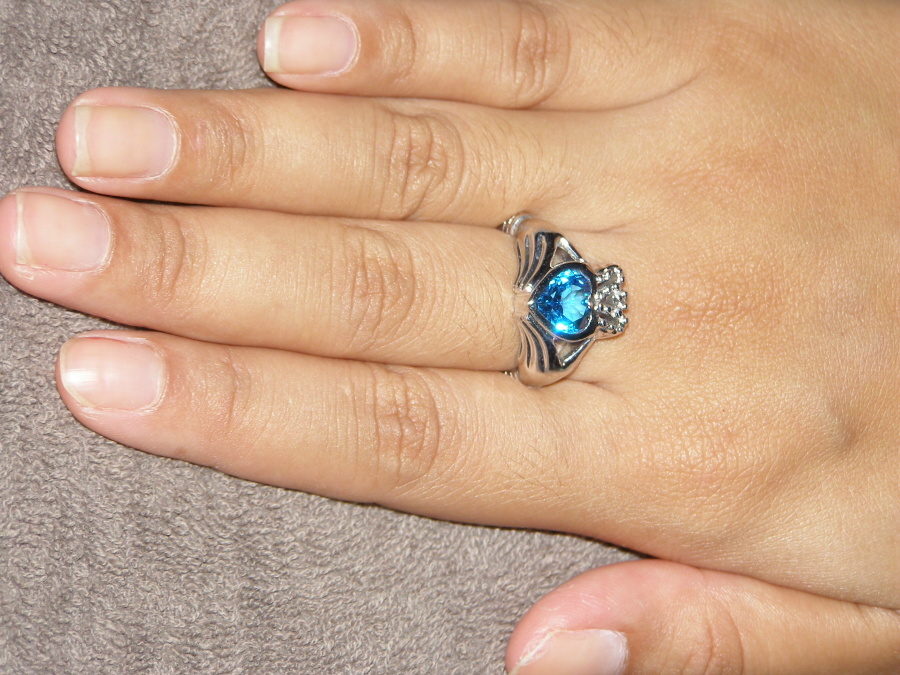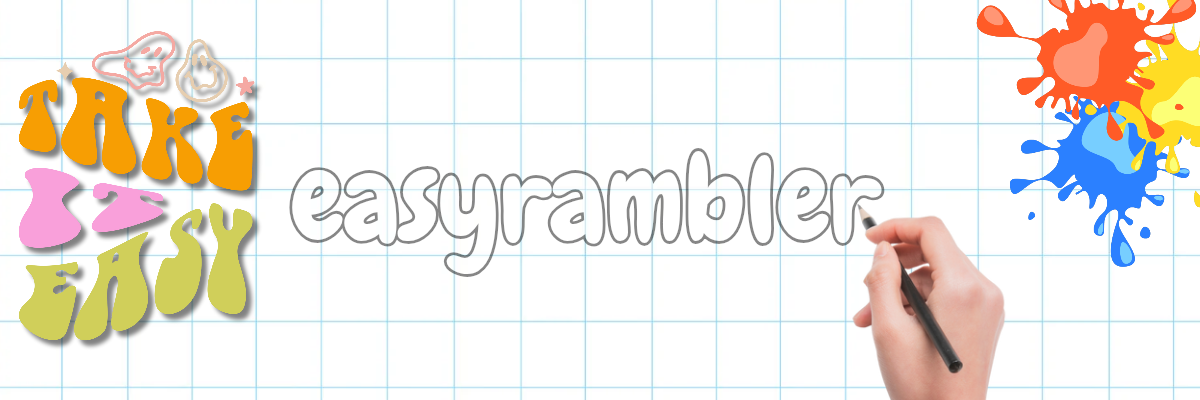Digital Photography, Understanding Image Size
As digital cameras get more advanced, the image size offered by them keeps increasing. When you talk about a 5MP camera, it means that the image can have a maximum of 5 million pixels. This might seem like a very high pixel rate for a digital camera but, the fact is that it is almost oudated in todays world of digital photography. Even medium priced digital cameras today offer 8MP and above for their pixel rating.
Your digital camera will provide options for image size, the larger the image the more higher the detail. At the same time as the digital image size increases, the storage space occupied on the memory card of your digital camera also increases. Memory card storage is not a big issue for more reasons that one. Firstly you can always backup the existing files on the card to your laptop, erase the memory card and start taking images again. Another great development relates to the capacity of memory cards, this has been showing a steady increase over the past few years. You can now get a memory card for a digital camera that goes as high as 32 GB!! . This is huge but, make sure that cards with such high capacities are compatible with the digital camera that you use.
So what is the ideal image size that you should aim for? We would say that this would depend on the purpose for which you would use the images. But what if you plan to use your digital photographs on the blog that you publish and also, wish to have them printed as a hard copy. This article related to digital cameras and digital photograph provides useful information and suggestions.
Here are some useful suggestions to guide you on images related to image size. You might want to adapt these suggestions based on the specific digital camera that you use. While digital camera memory cards are now being made with increasingly high storage capacities, not all cameras can accept the higher capacity cards.
Spare cards: Though not dirt cheap, the price of memory cards used in digital cameras is not very expensive today. You can get a 4GB card for around 10 U.S$ and that price should be coming further down in the next couple of years. It is a good idea to keep some spare memory cards with you when going on an outing. This could be more important if your digital camera accepts memory cards that are not very common. You are perched on a hilltop anxiously waiting for the rising sun to pop up, you ofcourse want that perfect 'wow' getting kind of shot. Now presume that you have to deal with a 'memory card full' message!
Back up: Many people have so many memory cards or memory cards with such large storage capacities that, they do not feel it necessary to backup the images on the memory cards. They might travel to 3 countries on a holiday and just keep hoarding the images on one single card. This brings two risks that are not worth taking. You might reach a point where you abruptly get the 'memory card full' error. It could be inconvenient or impossible to back up the required images at that point of time. You might need to back up images and delete the backed up content, this to free up storage space on the memory card. Not backing up the images from your storage card can also be a problem, if the card is damaged or lost for some reason. So backing up the memory card that you use in your digital camera is a good habit even if, you have a few spare memory cards with you.
Shoot big: A very good option for image size is to shoot your digital images in the largest size available. Remember that the larger the image size, the fewer the number of images that can be shot with your digital camera. You should make sure that the image size you choose, leaves memory card space for at least 30 to 50 images at that image size. The image backup and spare memory card suggestions are relevant here. If the number of images that can be stored at the largest size are too few, you might have to lower the image size by a step. We would however recommend, either using a new card with higher capacity or backing up existing images to free up space. As you read this article, reasons will become clearer.
Store big: Many digital camera users are tempted to reduce the image size, based on their present requirement. For example, you have shot a large detailed image of a sunset landscape. You would like to email it to your friends staying abroad. The size of the digital image as it comes from your digital camera, could be too large for an email attachment. You therefore size it down to around 6 inches x 4 inches, save the file and use it as an email attachment.
The sad part is that you have re-sized the original digital image. Now if you wanted to print a large photograph of the same stunning sunset scene and frame it, you cannot give the 6x4 inch reduced size to the printing lab.
The best way to handle this is to, keep the original digital image as it comes from your digital camera. Do not resize or edit this image in any way. When you need to do any image edit or re-size, use a copy of the image and NOT the original image.
Resize for use: This actually emphasis on the above suggestion of storing images in large sizes. After having used your digital camera to shoot a large image, keep a copy of the unedited image safely. As you feel the need to use the image, retrieve it from the backup, save it under a new file name (do not overwrite the original image) and then do the required editing.
You cannot increase the size of an image once it has been reduced and saved. If you have realized your mistake during the edit process, using the 'Undo' function could allow you to get the image back to it's original status. Photo editing programs could have restrictions on the number of steps that you can backstep using the 'Undo' function, beware of this.
Image resolution: Let us keep this as simple and easily understandable as possible. The higher the resolution of your digital image, the more the detail and clarity the image holds. This is something like a third dimension, the first two dimensions being length and width.
A digital image that is 6 inches x 4 inches might have a resolution of 72 pixels per inch, it could also have a resolution of 120 pixels per inch or even 300 pixels per inch. The same image size with different resolutions, the higher the resolution the clearer the details. However as you might have guessed, the higher the resolution the larger the image size (file size).
If you need to print an image like a photograph, the file you use should have a very high resolution. This is irrespective of the length and width of the image. However if you want to upload a digital image to your website, a medium resolution will work better. Digital images used on websites can take a lot of time to load if the resolution of the image is too high. At the same time using a very low resolution would reduce the clarity of the image, fine details might be lost. Experiment with a resolution of around 96 to 120 pixels per inch for website or blog images.
Some softwares have a default resolution set for images. If you open a high resolution image in such softwares and save the file, the file will automatically be converted to the default lower resolution! Make sure that your digital image is going to be saved in the resolution that you expected.
Remember to save your original digital image before editing size or resolution. These parameters cannot be reversed once the file is saved.

The above image is a size 3x2.25 inches, and a resoluton of 300 pixels per inch. Notice the clarity on the image. Such an image would have a large file size, if loaded on a website the image would take time to load when anyone accesses the web page. Notice the clear visibility of the texture on the skin.

The same image with the same size of 3x2.25 inches, but a resolution of just 72 this time. The clarity of the image has been reduced with a drop in resolution. You cannot see the skin texture that was so clearly visible in the image with larger resolution. But the file size has also been highly reduced. Such images load fast in web pages.
The above details should give you a fairly good idea how image size works and it's relation to image resolution. The most important thing is for you to backup the images before editing them in any way. If you follow this practice, you can always check out various options before deciding which works best for you and for the task at hand.
We do hope that you have found this digital photography article to be interesting and useful. Email us at easyrambler@rocketmail.com if you have any comments or suggestions.
